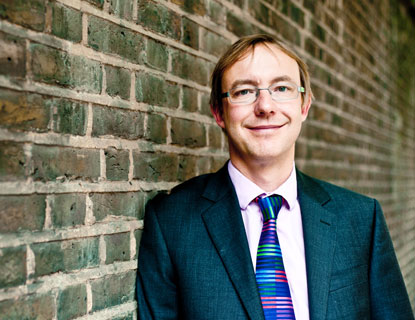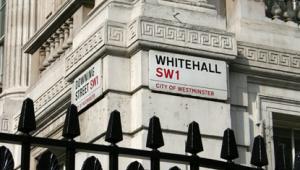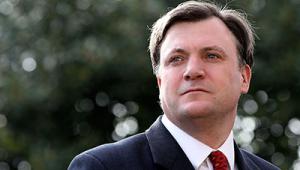By Richard Johnstone | 5 February 2014
Planned public spending cuts are less than half complete and government pledges made for the next parliament imply that even greater reductions will be needed beyond 2015, the Institute for Fiscal Studies said today.

In its annual Green Budget, the think-tank considered the likely effects of Chancellor George Osborne’s decision to extend fiscal consolidation through to 2018/19, despite the improving economy.
By the end of this financial year nearly half (46%) of the government’s deficit reduction plan to 2018/19 will have been implemented, the IFS said. However, this includes the impact of tax rises, such as the increase in VAT, that were put in place quickly when the coalition came into power. Of the spending reduction element, only 40% of cuts will have been made by the end of the current financial year.
According to IFS forecasts, the government’s fiscal plans from 2010/11 to 2018/19 will reduce government borrowing by around 10.1% of national income. In 2018/19, the Treasury is now forecast to run a surplus, according to the Office for Budget Responsibility.
However, IFS director Paul Johnson said this ‘should not lull us into a false sense that all is now well with the public finances’.
Publishing the Green Budget, he said: ‘The outstanding debt will still be very large and the scale of additional spending cuts required to hit that budget surplus remains hugely challenging, especially on top of cuts already delivered.
‘A combination of significant additional spending pledges already made and a growing and ageing population will only add to the challenge.’
The greatest risk to the public finances is that whichever party forms the government after the 2015 general election is either unwilling or unable to implement the planned reductions.
The report highlighted that, even with Chancellor George Osborne’s proposal to cut an additional £12bn from welfare spending after the election, implied spending reductions from 2015/16 to 2018/19 for public services are 6.7% of total spend or £30.2bn. On top of the reductions made in the current parliament, total public spending consolidation will amount to 13.8%, or £67.8bn over nine years.
In addition, if spending ring fences for schools, the NHS and aid spending were continued through to 2018/19, unprotected departments such as the Department for Communities and Local Government and the Department for Transport face average cuts of 31.2% over the period.
This spending squeeze will be further exacerbated by around £6bn of additional commitments made by the government for the years after 2015/16, which have not yet been accounted for. This includes the £1bn annual cost of the so-called Dilnot cap to adult social care costs.
The report also highlighted that the projected increase in tax revenues over the next five years is forecast to come largely from income tax and capital taxes, and the UK is increasingly reliant on a few very high-income individuals for these. The top 1% of contributors (around 300,000 taxpayers) contributed 27.5% of income tax in 2011/12, the IFS stated.





















